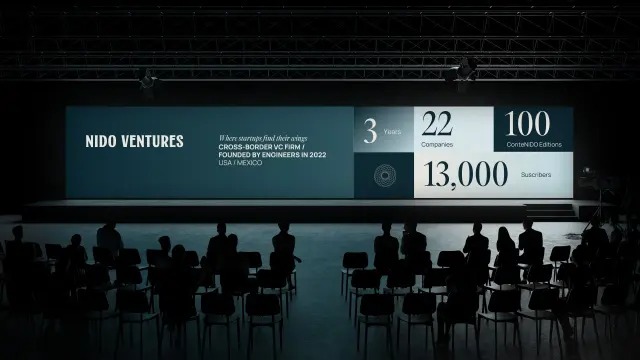Agile development is evolving rapidly in 2025 with AI-driven sprint planning, DevOps integration, and hybrid team collaboration shaping the future of software delivery.
In 2025, agile software development continues to serve as the backbone of efficient, iterative project execution across industries. However, the approach is undergoing major transformation driven by technological advancement, organizational shifts, and evolving customer expectations.
AI-Powered Sprint Planning
One of the most revolutionary changes to Agile in 2025 is the use of AI and machine learning for sprint planning and task estimation. Agile teams now leverage intelligent systems that analyze historical sprint data, developer velocity, and bug trends to suggest optimal story point estimates, prioritize backlog items, and even recommend potential blockers before they occur.
These tools have significantly reduced the overhead of planning meetings and improved the accuracy of predictions — resulting in better sprint commitments and improved stakeholder trust.
DevOps and Continuous Delivery Integration
The integration of Agile with DevOps has deepened in 2025. Continuous integration (CI) and continuous delivery (CD) pipelines are now tightly woven into Agile workflows. Automated testing suites, real-time monitoring, and smart rollbacks have empowered development teams to deploy updates several times a day — with minimal human intervention.
DevOps platforms now offer built-in Agile boards, burn-down charts, and performance metrics dashboards, providing one-stop access to both engineering operations and sprint performance.
Hybrid Teams and Remote Agility
With the rise of hybrid and globally distributed teams, Agile practices have shifted to accommodate asynchronous communication and collaboration. Virtual stand-ups, real-time Kanban boards, and automated retrospectives have replaced traditional in-person ceremonies.
Tools like Slack, Miro, Jira, and GitHub Copilot are no longer just helpful — they’re essential. These platforms now come with AI co-pilots that help write user stories, suggest sprint goals, and even summarize team discussions for those in different time zones.
Agile Beyond Software
Interestingly, Agile is no longer just confined to software development. In 2025, marketing teams, HR departments, and even legal units are adopting Agile to streamline work and deliver incremental value. Frameworks such as Scrum and SAFe are being customized to non-tech teams, allowing for more nimble project execution across the enterprise.
Emphasis on Agile Culture
The culture around Agile has matured. Instead of focusing purely on “doing Agile” (standups, sprints, tools), organizations now emphasize “being Agile.” This shift prioritizes adaptability, customer focus, and a mindset of continuous improvement.
High-performing Agile teams regularly review not only what they’re building but
how they’re working together. This includes psychological safety, decision-making autonomy, and leadership transparency.






























